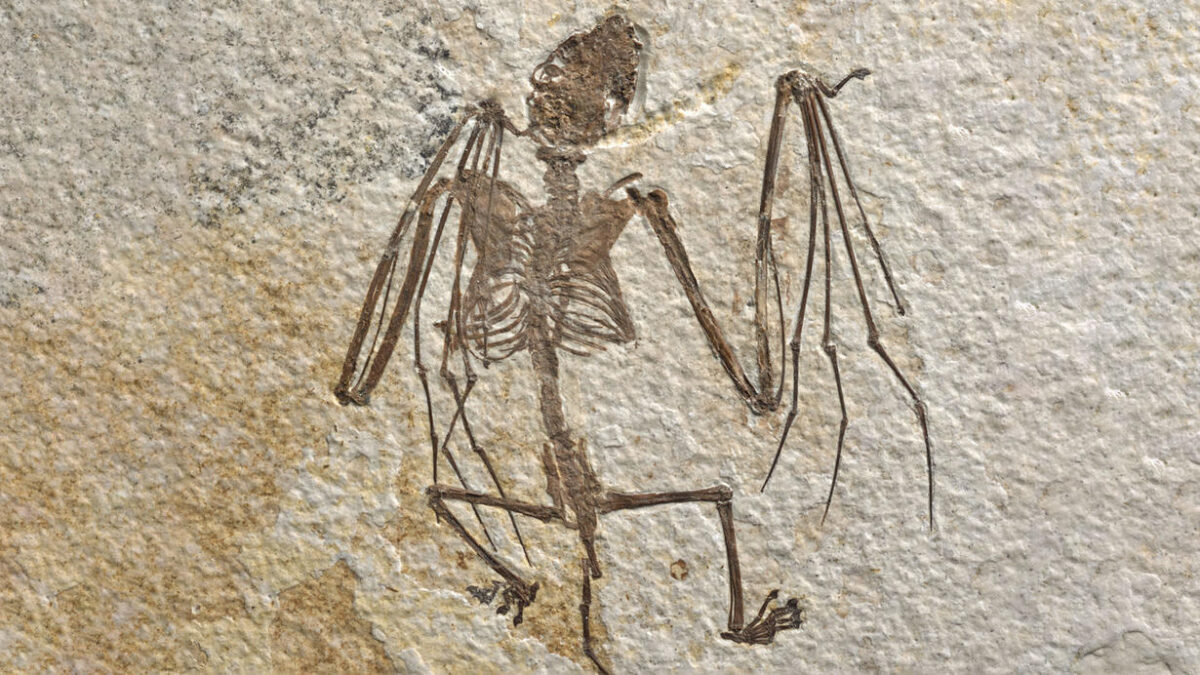A hitherto unknown species of bat based on the oldest bat skeletons ever recovered has been identified by researchers at the American Museum of Natural History and Naturalis Biodiversity Center in the Netherlands.

The newly identified bat lived in Wyoming about 52 million years ago; the Green River Formation of Wyoming, a fossil deposit from the early Eocene era, has been plumbed by scientists who uncovered more than 30 bat fossils over the last six decades, but until recently it was assumed the Wyoming fossils only represented two extinct species.
The bat skeleton was obtained by a private collector in 2017 and purchased by the American Museum of Natural History, but when researchers compared it to other bat fossils it was determined to be an unidentified species. The researchers gave the fossil the species name Icaronycteris gunnelli in honor of Gregg Gunnell, a Duke University paleontologist who died in 2017 and made extensive contributions to the understanding of fossil bats and evolution.
“Eocene bats have been known from the Green River Formation since the 1960s. But interestingly, most specimens that have come out of that formation were identified as representing a single species, Icaronycteris index, up until about 20 years ago, when a second bat species belonging to another genus was discovered,” said Nancy Simmons, curator-in-charge of the museum”™s Department of Mammalogy. “I always suspected that there must be even more species there ”¦ This is a step forward in understanding what happened in terms of evolution and diversity back in the early days of bats.”
Photo: The bat skeleton representing Icaronycteris gunnelli. Photo by Mick Ellison/© American Museum of Natural History and presented courtesy of the museum.




















